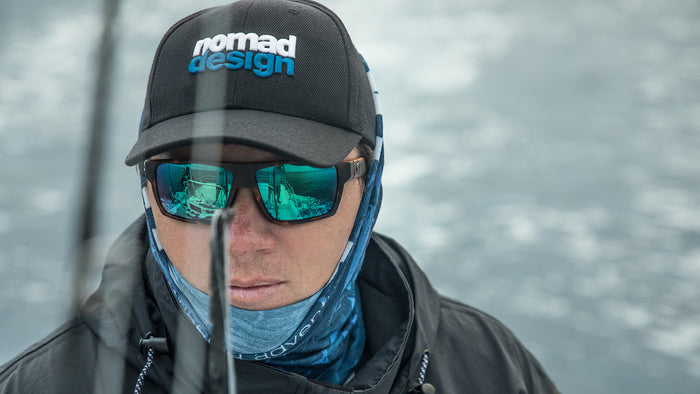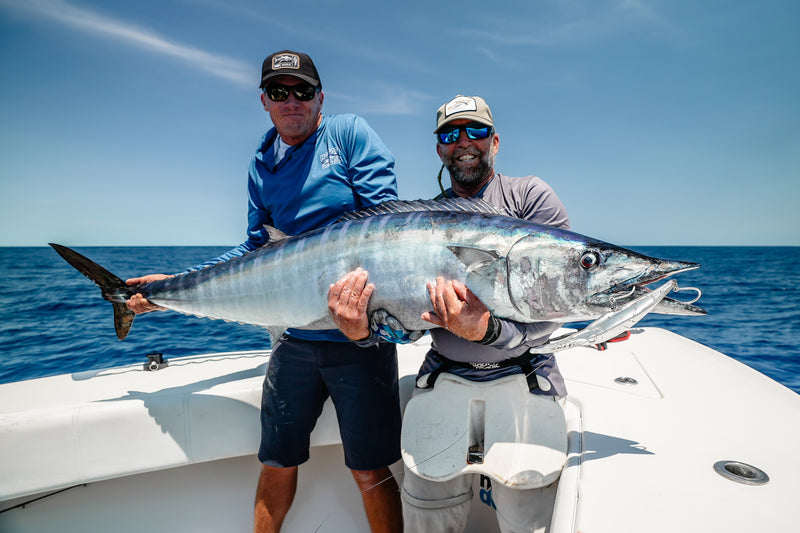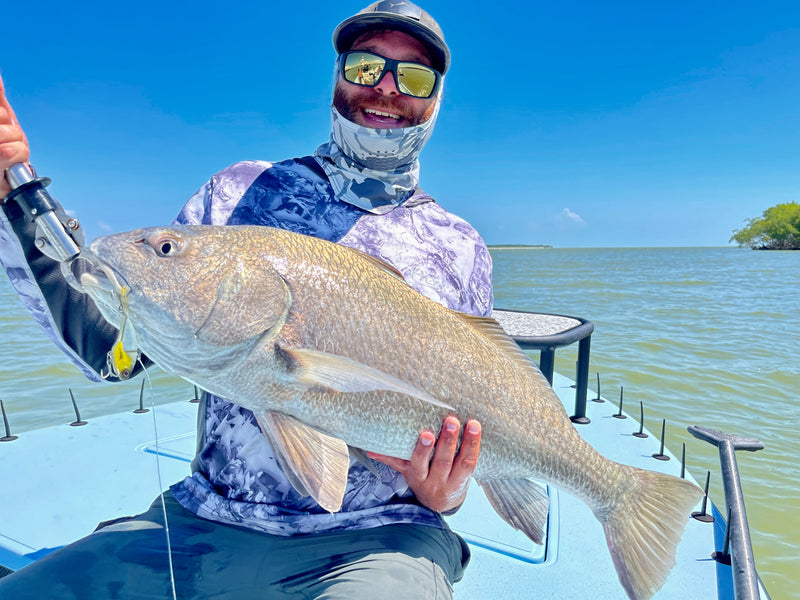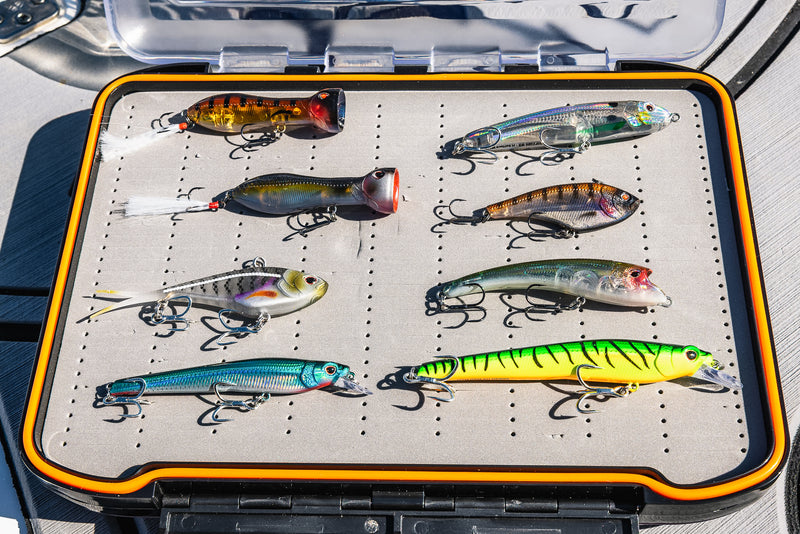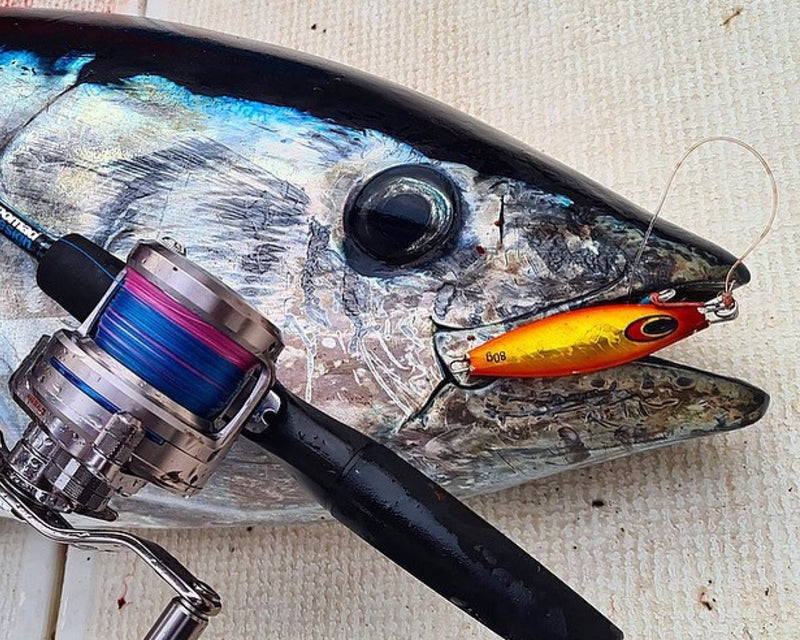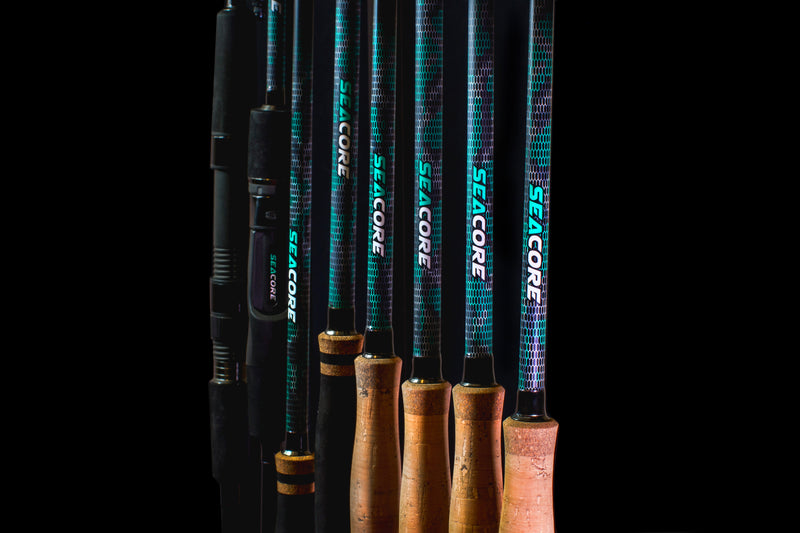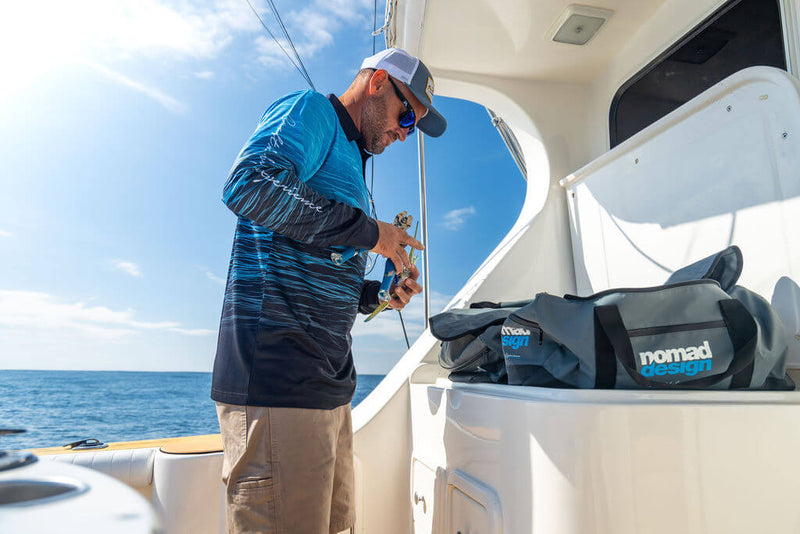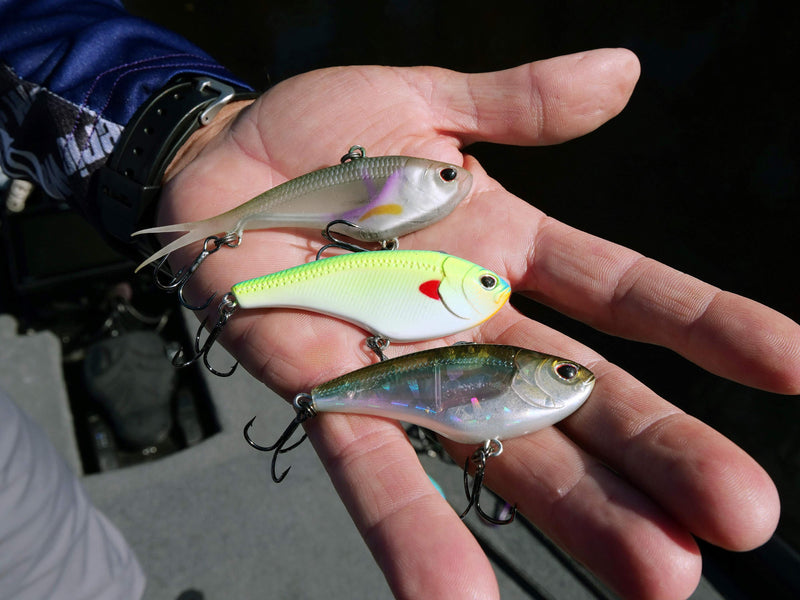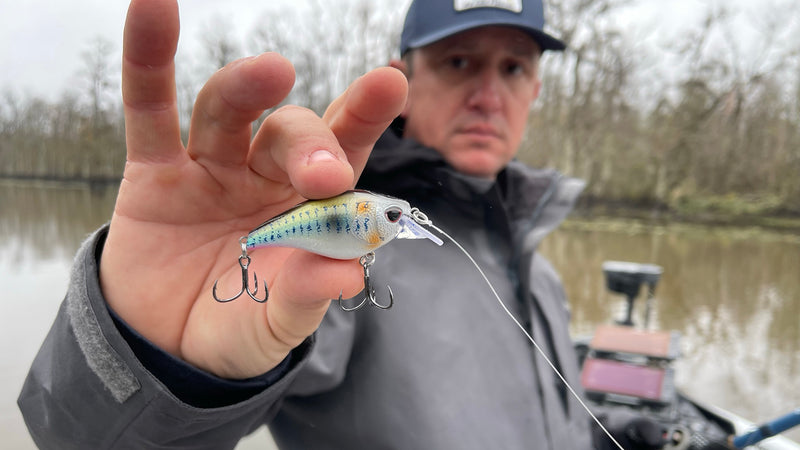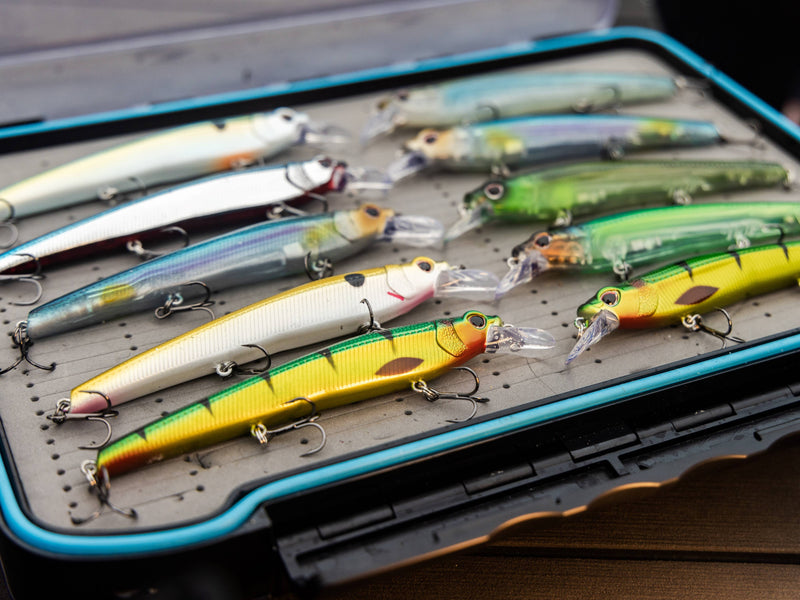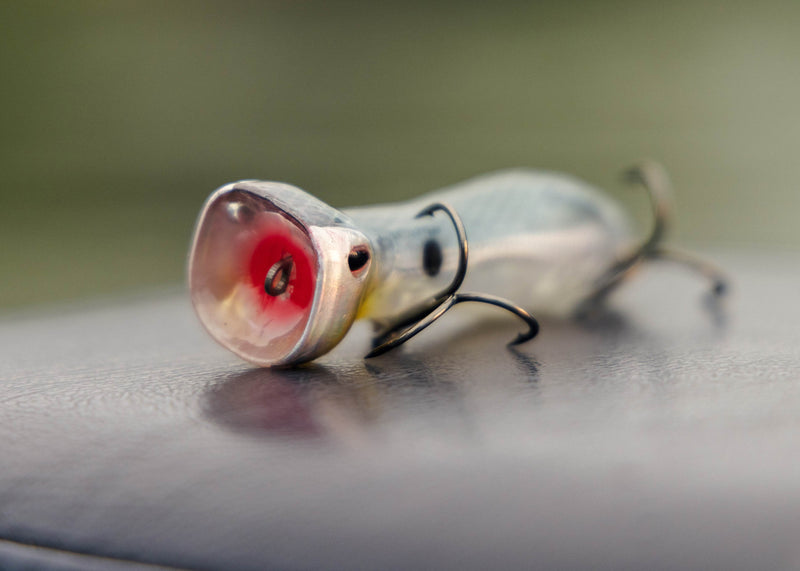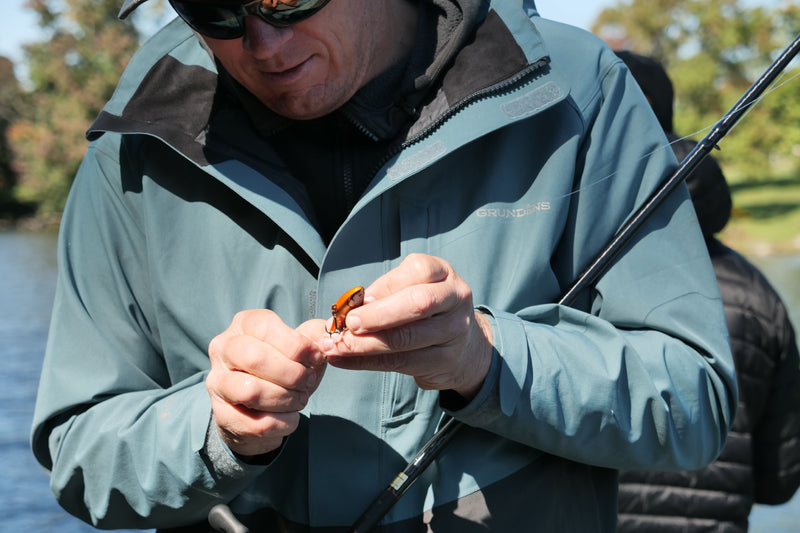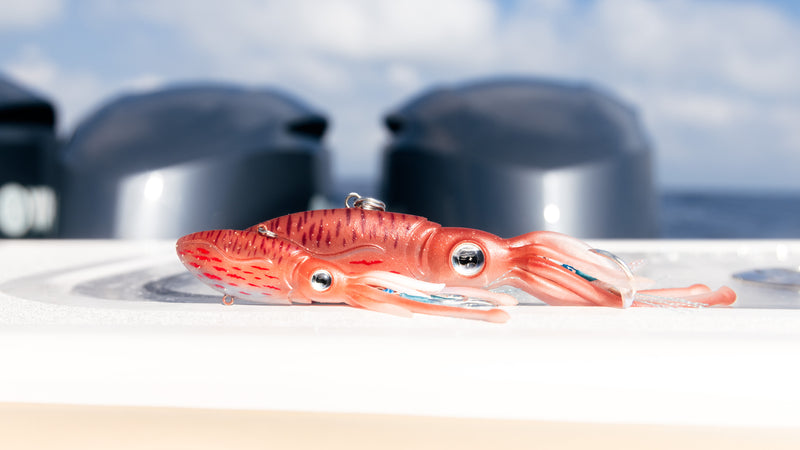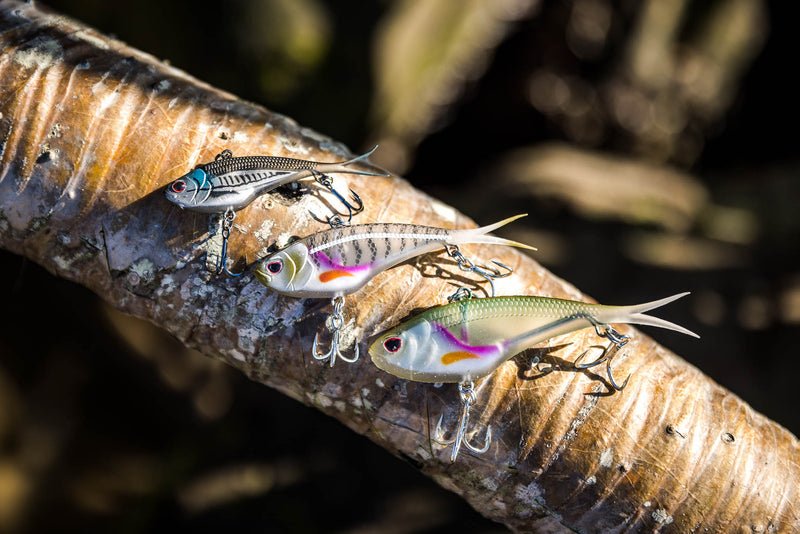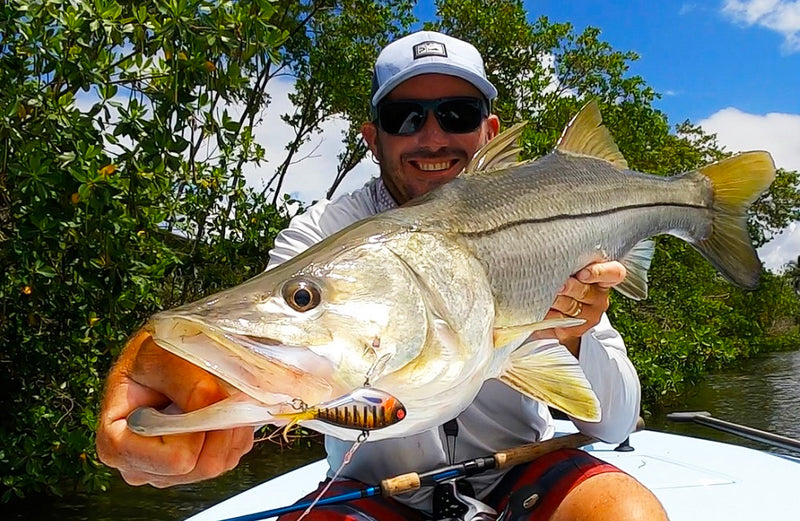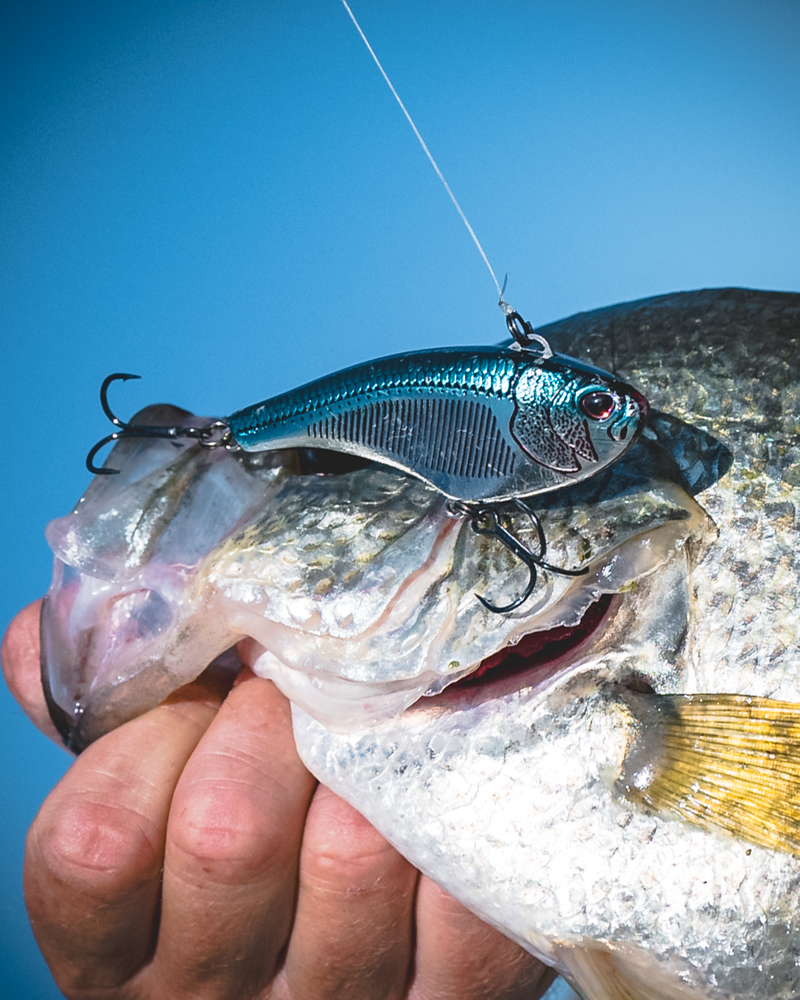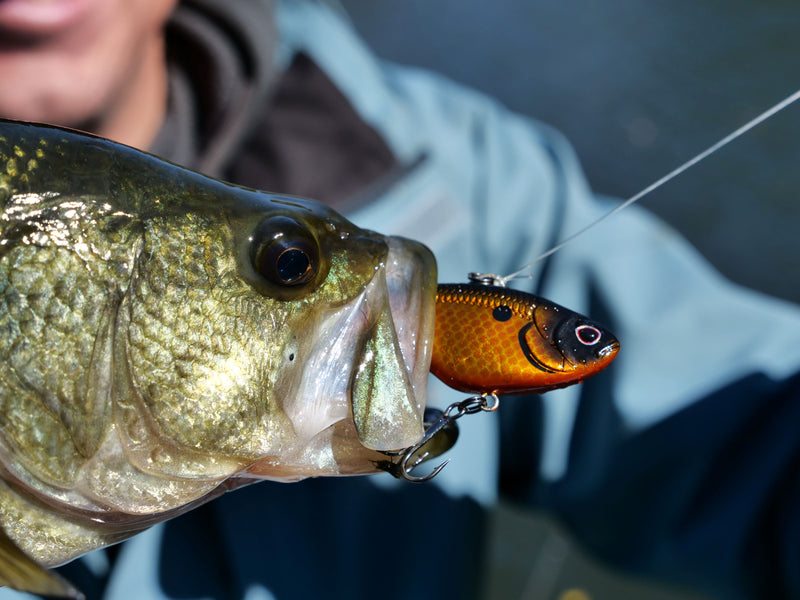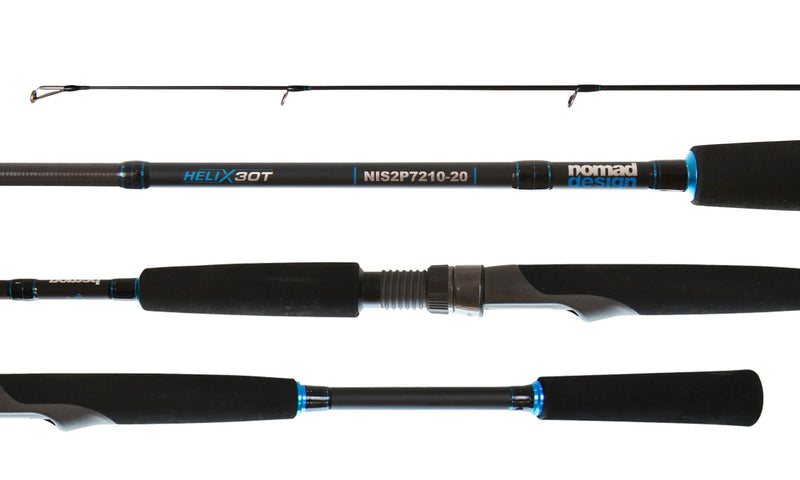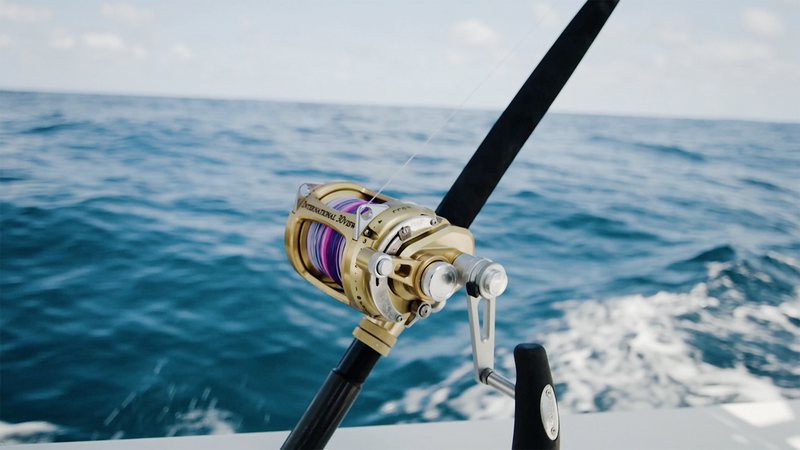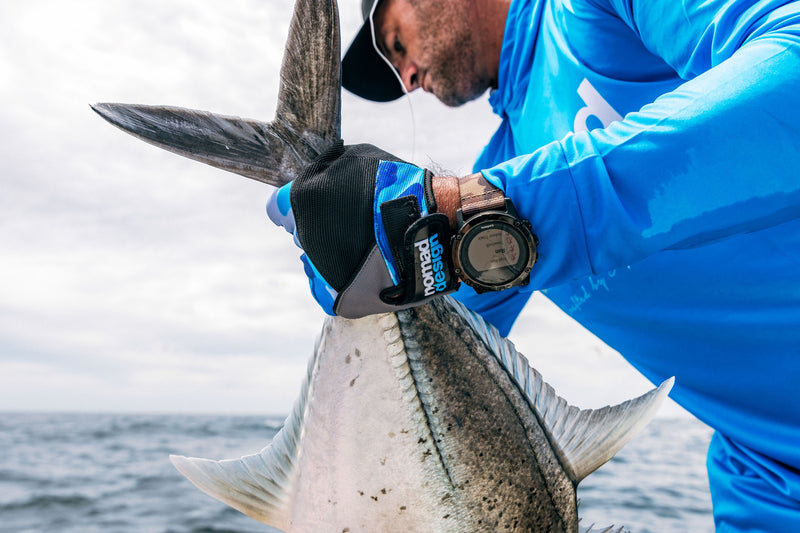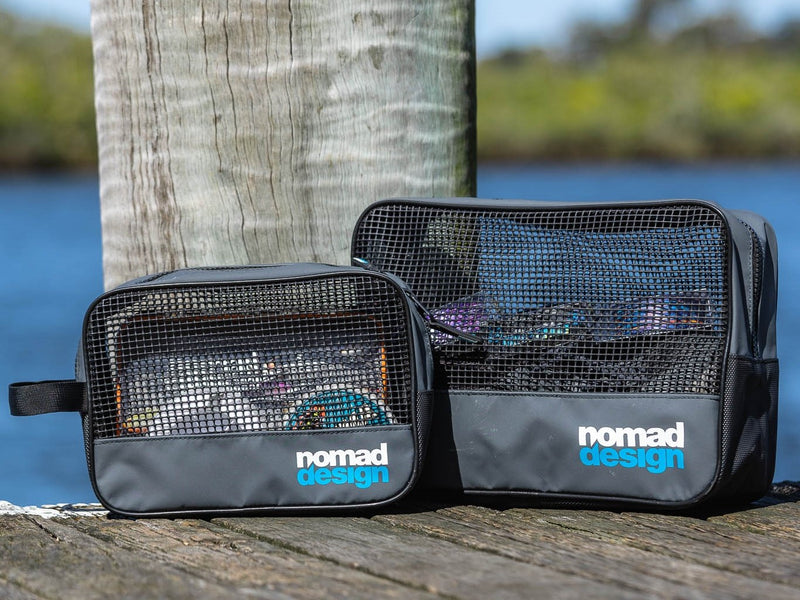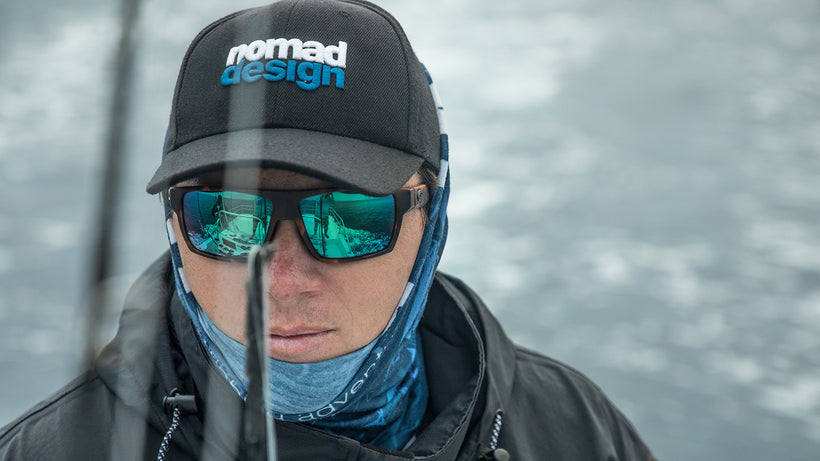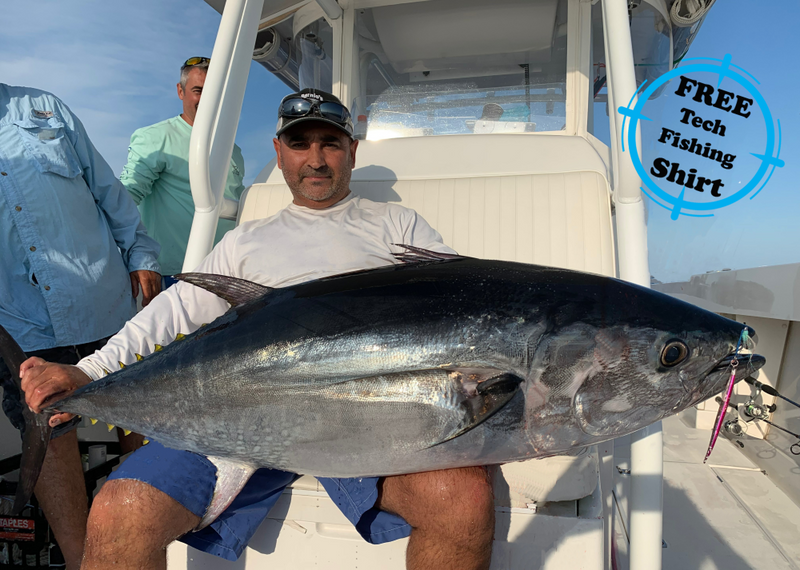No Matter Where You Live Fall Is Perfect Lipless Crankbait Season!
"Football Season" Fall fishing for Smallmouth & Largemouth Bass is lights out! Find out how to take advantage of big predator bass preparing for a long cold winter. We suggest using a Lipless Crankbait. This article explains three reasons why Lipless Crankbaits are the perfect compliment to big bass eating everything they can catch up to.
It is no secret that Fall is prime time for trophy Largemouth and Smallmouth Bass. Cool nights, dwindling daylight hours, and a promise of a long Winter prompt Bass to really start chewing. “Football Season” is a term often used to describe how fat these fish get as they frantically stuff everything they can find into their large or small mouths preparing for Winter.

A perfect bait to take advantage of this feeding frenzy is the venerable Lipless Crankbait. During the spring or the lazy summer season one of the biggest challenges we face is what type of lure is currently working in which fishery. Depending on geography certain baits work better than others. On a cool morning on the Fourth of July in Minnesota a jerkbait is perfect for the clearwater lakes, simultaneously it is 90% humidity at dawn in Louisiana where you would be throwing a swim or punching jig. This is not the case in the fall. We are going to discuss how approaching winter equalizes all regions and why a lipless crank works so well and how to fish it for success.
You see, it’s not just bass preparing for their winter slumber. The entire ecosystem is getting ready as well. This kicks of migrations of baitfish to wintering holes, birds flying south, and just a about everything a Bass eats is on the move too. This leaves prey vulnerable as they leave their hidey holes to move to their overwinter habitat while taking increased risks to eat. This need to prepare for winter means traditional prey behaviors are put on the back burner and just about everything is a little less protected and more out in the open.
So the table is set with hungry predators and plenty of food to eat. This is where a lipless crankbait shines. There are three reasons for this. First, it can be used to imitate many different types of prey from baitfish to crayfish regardless of geography or fishery. Next, a lipless can be used as a reaction bait which is optimal when you have predators hungry with their internal wintering clock ticking. Lastly, a good lipless crank can be cast very far and thus cover a lot of water to find actively swimming and feeding bass. We will discuss these reasons and how to fish a lipless crankbait to take advantage of these of these situations.
When you start seeing ads on TV for Pumpkin Spice coffee and donuts you know its fall lipless crankbait season! A big reason why lipless cranks work so well in the fall is that they can imitate a bunch of forage for big bass. A lipless crank has a very common shape for forage. It’s diagonal diamond shape is seen often in nature. Young shad, crayfish, and frogs for example. But wait you say, how does a lipless look like a frog? You must keep in mind that LC’s are moving and vibrating wildly. A bass looking at a LC sitting on the bottom of the lake will never mistake it for a baitfish and pick it up like they might a soft plastic drop shot. However, when feeding for the winter bass are less selective and its more about quantity not quality. A moving lipless crankbait can look like so many types of forage that in the fall. So you don’t have to ‘match the hatch’ to fool bass.
This is especially true around grass beds on large flats or areas Smallmouth hunt like rocky rivers. They hear the rattle, feel the vibration and when the lure presents itself into their field of vision they strike. Head over to your local shop and find out what their preferred food is and look to mimic that. If they are on small fast minnows, rip it along the tops of grassbeds. If they are eating crayfish, let it fall among the rocks and rip it up off the bottom mimicking a crayfish trying to escape. This is sometimes called Yo Yo-ing.
The next reason is that lipless cranks are perfect reaction strike baits. They have vibration that sets off bass’ lateral lines. They also are generally moving fast, leaving little time for a fish to make up its mind. Remember, as this bait is being retrieved its movement obscures what the bass sees and back and forth vibration similarly mask the bait’s true shape. As it moves through the water column a bass has only a second to determine if its worth chasing and the rattles and the vibration combined with the fast movement on the retrieve make it seem like the perfect snack no matter what forage a bass is keyed in on. This is where specialty lipless crankbaits can really make a difference. Nomad Design’s Swimtrex has a patented tow point system that allows it so swim downward when you stop the retrieve. This makes the lure ‘swim’ downward slowly. Not only do bass react to speed, they also savagely react to a ‘dying’ baitfish’s fall or swim to the bottom. When you are burning the Swimtrex along and ‘kill’ it, that sudden stop and then tantalizing swim downward elicits an instant instinctual reaction. This is not something you see in other lipless crankbaits. Most fall on their side and spiral downward.
Finally the lipless crank’s aerodynamic shape lends itself toward long casts if the lure is properly weighted. With no appendages like lips on standard crank and jerk bait you get incredible distances, even into the wind. This is very important as it will help you ‘hunt’ and find the schools of bass. In the fall into the winter bass will start roaming out of summer areas more suitable for low oxygen, avoiding heat exhaustion, and hanging out at ambush points. They will start to look around for forage to fill their bellies for winter. And as we discussed the baitfish are moving from their summer digs and when the two intersect it can be quite the day! So when looking for fall fish feeding frenzies a solid technique is to fan cast as far as you can as often as you can until you can find the fish. Even then the fish may only be there for a bit before moving somewhere else looking for more food. Besides using forward facing sonar, keeping a lipless tied on, especially one properly weighted for casting like the Nomad Swimtrex 72, is a solid plan to find roaming fish.
If you want to learn more about Nomad's Lipless Crankbait, the Patented Swimtrex, click on the link and keep reading!
